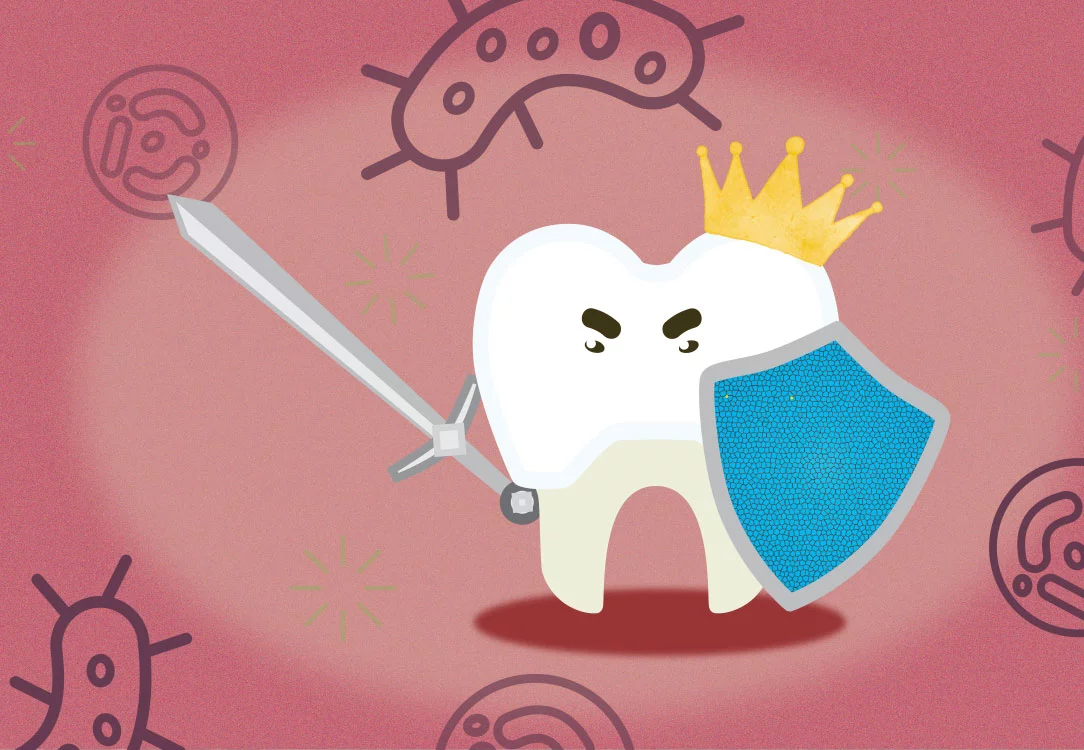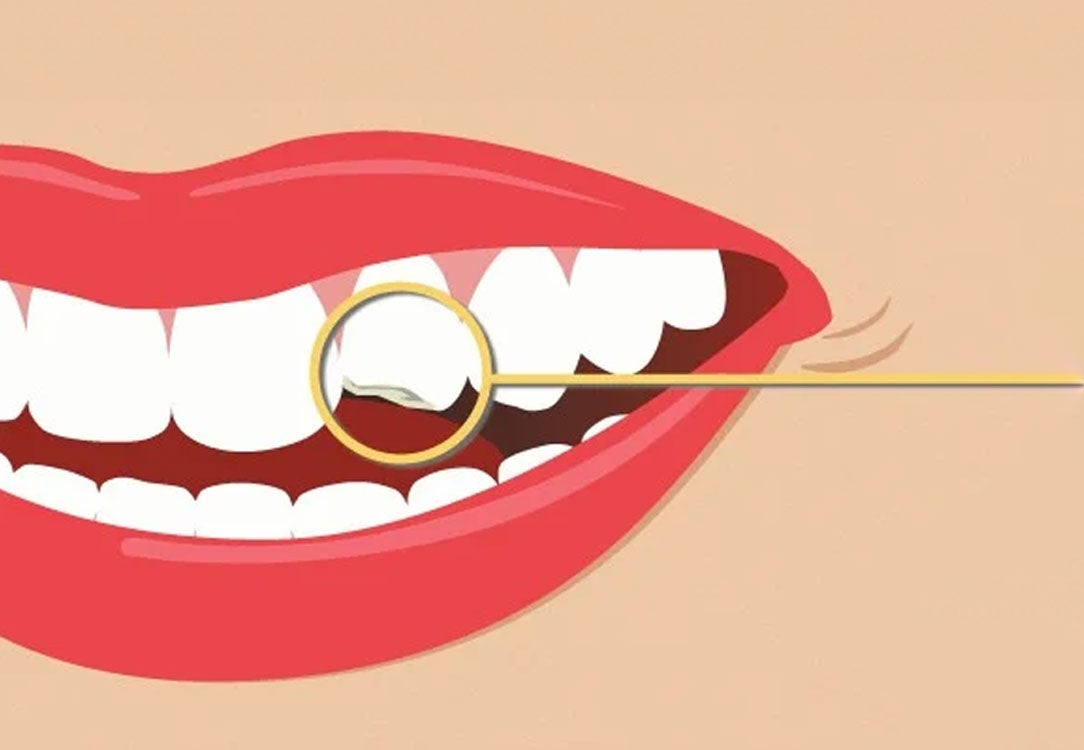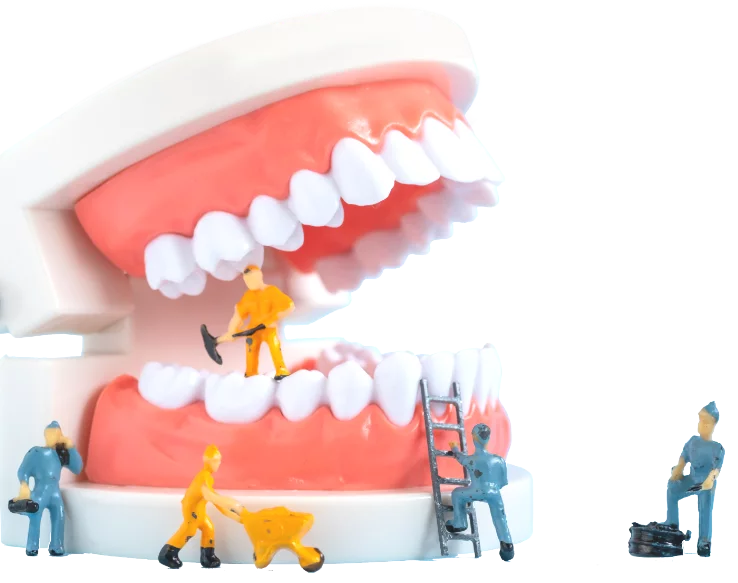While bacteria are always present in the mouth, one of the main functions of oral hygiene is to reduce the number of harmful bacteria that could cause infection or tooth decay, especially to a previously damaged tooth. When teeth and gums are healthy and whole, the amount of harm the bacteria can do is limited because of the tough outer layer, called the enamel, that protects the tooth. If a tooth is cracked, chipped, or has a cavity, bacteria now have an entry point into the tooth.
There are multiple ways to treat teeth so that bacteria, as well as food and sugars, do not creep in and cause more decay or infection. In a cavity situation, a filling is usually put into the depression once it is cleaned thoroughly by a dentist. If the cavity is large, there may not be enough remaining tooth for the filling to adhere to properly. A long-lasting tooth restoration that essentially replaces the protective enamel layer that the tooth lost when cracked or decayed is a dental crown that will cover the damaged tooth. Once the cavity is cleaned, the crown, or cap, can be placed over the tooth to seal out any bacteria or food debris from getting inside the cavity.
Why Is There a Need for A Crown?
Crowns serve as a layer of protection around a tooth that is cracked, decayed, or can even be used to hide deeply stained or misshapen teeth. Because the crown fits around the entire tooth, completely encasing it, it is much like having a brand new tooth on the outside, while the root and some remaining parts of the original tooth are inside. If a tooth is severely cracked, a crown will keep it together and prevent the crack from becoming painfully worse with every chew. A crown can even be placed over a tooth that has had a root canal, which is when the root of a tooth has become infected from a deep cavity or a crack, and it must be cleaned out and any infected pulp is removed in order to save the tooth. A crown can be made of a number of different materials, varying in strength which classifies them as either a temporary or permanent crown. The types of material include:
- Metal
- Plastic
- Resin
- Porcelain, or ceramic

Crown Materials Advantages and Disadvantages
Porcelain is a type of ceramic material that is often used in dental work, including crowns. A crown that is made of this translucent, pearly material will look very natural in your mouth and will be difficult to spot. But a pure ceramic crown will not have the strength of a metal crown. More of the tooth will have to be removed to allow for a thicker ceramic layer so that it will not easily break. It is possible that the ceramic or porcelain crown will more quickly wear down surrounding teeth. They are also more expensive than some metal crowns. A crown that is metal inside fused with an outer layer made of porcelain can provide the best of both worlds so that you are left with a durable crown that looks as natural as your original tooth.
Why Would You Need a Temporary Crown?
Are temporary crowns more sensitive than permanent crowns?
Because of the more extensive dental work needed in placing a crown, you may experience sensitivity either from the filed-down tooth or from other surrounding teeth and gums. Temporary crowns may not fit perfectly, and this could cause the opposite tooth to become sensitive from not mating together correctly when you clench your teeth or chew. Some sensitivity and discomfort are expected when either type of crown is placed, but it should be manageable and go away on its own.
How Long Do Temporary Crowns Last?

Why Would you Need a Permanent Crown?
Do permanent crowns feel better than temporary crowns?
With dental technologies ever introducing new and improved ways of caring for teeth, a partial crown, also referred to as an onlay, can even be placed on the damaged tooth, making the procedure less invasive and leaving more of the original tooth intact. When you have a damaged tooth in need of restoration, a crown is an excellent way to protect the tooth from harmful bacteria and further decay while providing a strong layer that can withstand bite pressure and function as if the tooth was never damaged in the first place. If you are in need of a crown for a damaged or decaying tooth, check out Smile Generation’s Find a Dentist tool to get in touch with a local, experienced dentist in your community.
Find your trusted, local dentist today!
Sources
"Crowns." Mouth Healthy, 3 May 2022, https://www.mouthhealthy.org/en/az-topics/c/crowns
"Root Canals: FAQs About Treatment That Can Save Your Tooth." Mouth Healthy, 4 May 2022, https://www.mouthhealthy.org/en/az-topics/r/root-canals
"The Facts about Filling." 2022. PDF File. https://www.dbc.ca.gov/formspubs/pub_dmfs_english_webview.pdf
Smile Generation blog articles are reviewed by a licensed dental professional before publishing. However, we present this information for educational purposes only with the intent to promote readers’ understanding of oral health and oral healthcare treatment options and technology. We do not intend for our blog content to substitute for professional dental care and clinical advice, diagnosis, or treatment planning provided by a licensed dental professional. Smile Generation always recommends seeking the advice of a dentist, physician, or other licensed healthcare professional for a dental or medical condition or treatment.








